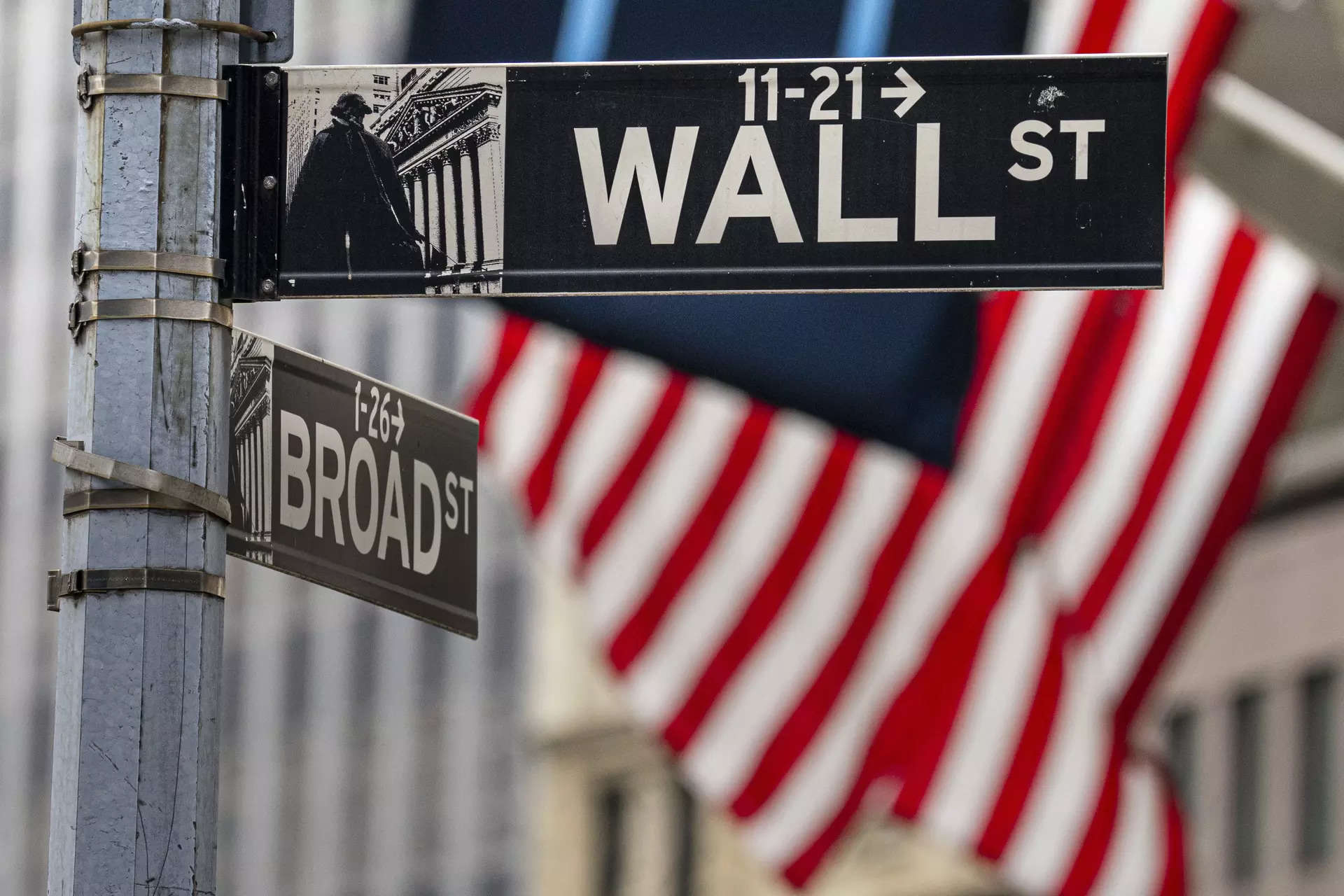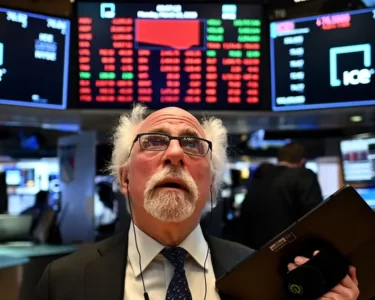The Dow Jones Industrial Average fell 158.84 points which is 0.47 percent in the range of 33,507.5, while the S&P 500 lost 11.65 points (or 0.27 percent up in the range of 4,288.05 while the Nasdaq Composite gained 18.05 points in value, or 0.14 percent in value, rising to 13,219.32
The S&P 500 was lower on Friday as investors pondered the implications of the U.S. inflation report for the Federal Reserve’s interest rate policy. They also modified their portfolios on the final day of a down 3rd quarter in stocks.
It is worth noting that the S&P 500 and Nasdaq posted the biggest percentage declines in a month in the entire year, and all three major indexes saw their first quarter-long declines in 2023.
The data showed that the PCE price index, including the volatile energy and food components, rose 3.9 percent on an annual basis in August, marking the first time in more than two years that it has fallen below the 4% mark. The Fed is monitoring PCE price indexes to determine the PCE price indexes in order to meet its inflation goal of 2%.
The market was initially higher following the PCE report but then slowed down.
The data showed the “better than expected, yet high inflation rate,” said Eric Freedman, Chief Investment Officer at U.S. Bank Asset Management.
While this is happening, Freedman said, “We are nearing the quarter-end, and with quarter ending brings all kinds of activity on both the stock and bonds markets.”
The Dow Jones Industrial Average fell 158.84 points, which is 0.47 percent up to 33,507.5. The S&P 500 lost 11.65 points, which is 0.27 percent up at 4,288.05, while the Nasdaq Composite gained 18.05 points which is 0.14 percent up to 13,219.32
In the S&P 500 industries, energy sank by 2.2%, and financials dipped by 0.9 percent. Energy was the largest gainer in the third quarter.
“Energy as well as financials are relatively, and they’re experiencing a balance this morning,” Freedman said.
File photo: Traders work on the floors of the New York Stock Exchange (NYSE) in New York City, U.S., on September 28, 2023. REUTERS/Brendan MacDermid/File Photo Acquire Licensing Rights
In the last quarter, The S&P 500 fell by around 3.6 percent, while the Dow fell 2.6 percent, and the Nasdaq decreased 4.1 percent. In September, the S&P 500 fell 4.9 percent while the Dow dropped 3.5 percent, while the Nasdaq decreased 5.8 percent.
The much-anticipated PCE data came on the heels of last week’s optimistic long-term rates forecast by the Fed, which rattled stocks as the benchmark Treasury yields increased to record highs of 16 years.
“Equity buyers are awakening at the Fed as well as the Fed statements that it is going to remain more expensive for a while and that there’s an alternative to the stock market,” declared Paul Nolte, the senior advisor to wealth and market strategist at Murphy & Sylvest Wealth Management.
Investors also viewed Washington. The hardline Republicans within the U.S. House of Representatives opposed a plan by the leader of their party to temporarily provide funding for the government, which makes it likely the federal government will partially stop operations on Sunday.
The traders were also concerned that the $15 billion JP Morgan fund, expected to adjust its options position on Friday, could cause market volatility.
In the news from the company, Nike shares jumped 6.7 percent after the world’s leading sporting goods maker beat Wall Street estimates for first-quarter profits.
Declining issues outnumbered advances by a 1.2-to-1 percentage on NYSE. New highs were recorded at 54, as well as 142 new lows recorded on the NYSE.
On the Nasdaq, the advancing issue outnumbered decliners in the ratio of 1.1-to-1 ratio. The Nasdaq registered 46 new highs and an additional 168 lows.
A little over 11.3 billion shares were traded on U.S. exchanges, compared with a 10.4 billion average daily turnover in the past 20 sessions.





